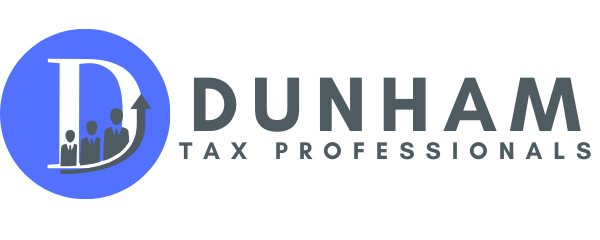
PPP Qualified Expenses
PPP loans can only be used for certain expenses. If you use your loan for anything other than these expenses, you will not qualify for full loan forgiveness. So how exactly can you use your funds? What are the PPP spending requirements?
PPP eligible expenses include:
- Payroll Costs including
- Salaries, Wages, Tips & Commissions: Capped at $100,000/annually per employee
- State & Local Taxes on Compensation
- Employee Benefits: Includes costs associated with retirement plans, group health insurance, separation or dismissal, vacation time, sick and medical leave, and parental and family leave
If you’re a sole proprietor or independent contractor, self-employment wages, salaries, and commissions not exceeding $100,000 annually qualify as payroll costs.
Note: These costs will need to be proven by submitting payroll documentation. For small businesses, acceptable documentation includes: Tax Forms: Form 941 quarterly tax filings and Form 944 annual tax filings; Payroll Registers, which ideally should be from the last 12 months, and Business Bank Statements: Should be from the last 12 months
If you’re an independent contractor or sole proprietor, documentation proving payroll costs include: Tax Forms: 1040 Schedule C and 1099s; Income and expense reports
Other documentation may be acceptable — ask your chosen lender for additional details about how they’re handling PPP allowable expenses
- Mortgage Interest: PPP loan can be used to pay mortgage interest. Mortgage interest obligations must have been incurred before February 15, 2020, to be a qualified expense.
Make sure to have documentation showing the mortgage interest that was paid. Acceptable documentation includes receipts, bank statements, account statements, and canceled checks.
- Rent: If you rent your commercial space, you can use a portion of your funds to cover rent over the next two months. To be considered a qualified expense, a lease agreement for the property must have been in effect before February 15, 2020.
Again, you need to keep all documentation proving your funds were spent toward this qualified expense. So, don’t forget to hang onto your account statements, receipts, bank statements, and canceled checks.
- Utilities: A portion of your loan can be to cover your utilities – which the SBA defines utilities as electricity, gas, water, transportation, telephone or internet access, for which service began before February 15, 2020.
You’ll want to have documentation proving that these utilities were paid by keeping account statements, bank statements, canceled checks, and receipts.
One last thing to note is that you must use at least 60% of your loan to cover payroll costs to be forgiven. The remaining 40% can be used to pay mortgage interest, utilities, and rent.
The new round of PPP loans expands the list of qualified expenditures on which you can use the 40% of your loan that isn’t dedicated to payroll. These qualified expansions include:
- Software: Since the onset of the pandemic and its mandated shutdowns, more and more of us are working from home – and many businesses that have had to start taking and processing orders online that had previously been done in person. This paradigm shift has several associated costs such as cameras, software and the like.
- Property Damage: Yes, that’s right, property damage – stemming from periods of civil unrest – can be a portion of your expenditures. These of course, need to be proven and accounted for.
- Necessary Supplier Costs: this is another major addendum from Round One payments to the current Round Two: the new relief recognizes the importance of restocking critical supplies to keep your business running. Keep records of these expenditures – although your business should already be doing so.
- COVID-related Protective Measures: If your business is fortunate enough to have stayed open during these times, e.g., grocery stores, food service, gas stations or civil services, it has likely had to implement some changes to stay compliant with mask orders and social distancing guidelines; these may also include putting up shield guards and plexiglass barriers – and now they are included in potential PPP forgiveness.
Dunham Tax Professionals continues to stress the importance and value of consulting a professional for expert guidance and additional information. Please feel free to contact us to make an appointment. We’re here to help.





